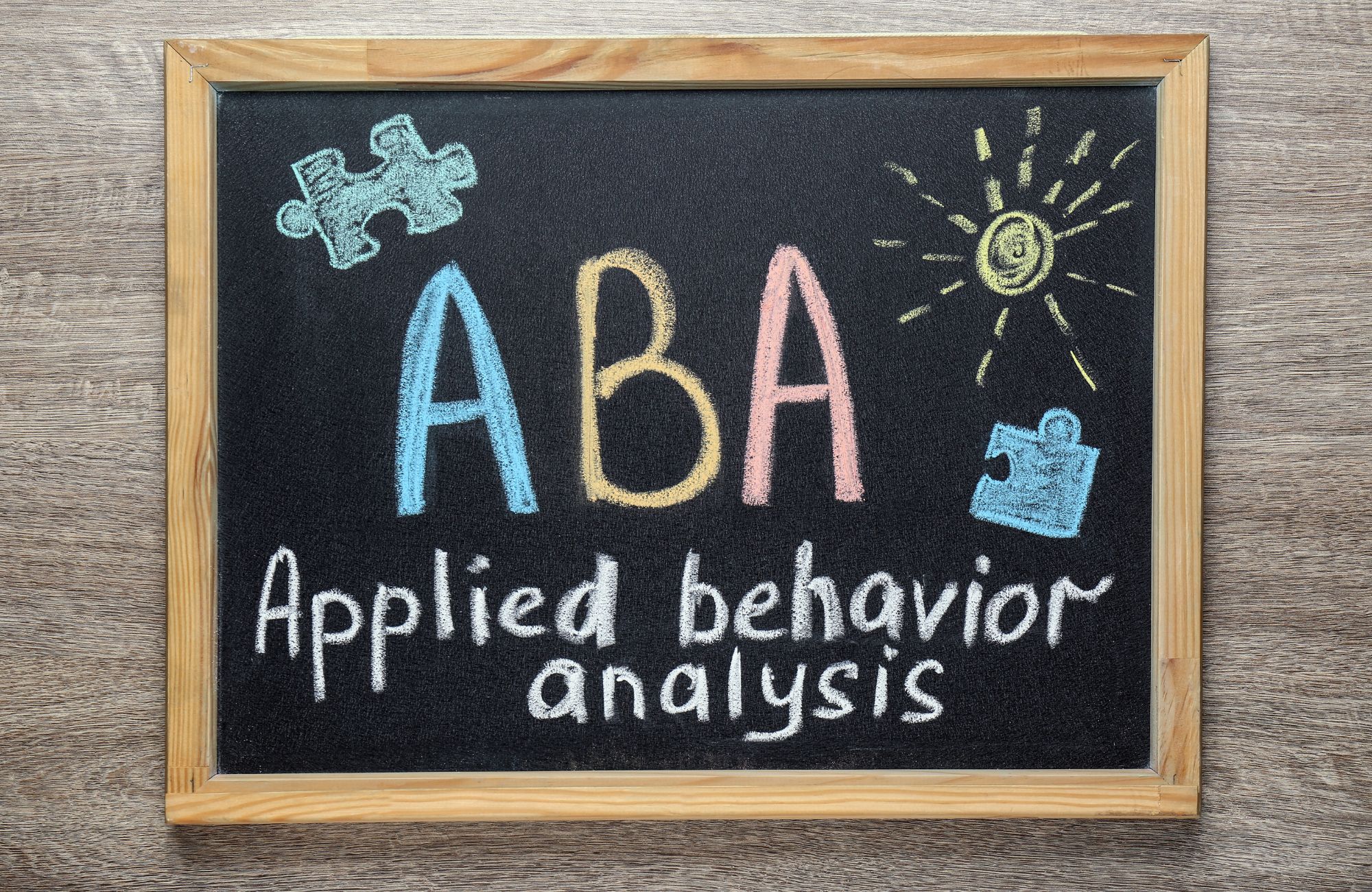What is Extinction in ABA? Transforming Challenging Behavior
Applied Behavior Analysis (ABA) therapy offers a range of techniques to help children develop crucial skills and reduce challenging behaviors. Among these techniques, extinction stands out as a powerful yet often misunderstood approach. This comprehensive guide explores what extinction in ABA means, how this evidence-based strategy works when to use it, and how it fits within a compassionate approach to therapy.
Understanding Extinction in ABA Therapy
Extinction in ABA therapy refers to the systematic process of discontinuing reinforcement that previously maintained a challenging behavior. Simply put, it’s about identifying what reinforces an undesirable behavior and then carefully removing that reinforcement. This differs significantly from punishment techniques, which add something unpleasant after a behavior occurs.
The principle of extinction is based on foundational learning theory that suggests behaviors that no longer produce their intended results will gradually decrease in frequency. Consider a child who engages in disruptive behavior to get attention from parents. If the parent consistently stops providing the social attention (reinforcement) following the behavior, the child will eventually realize this strategy no longer works, and the future frequency of the behavior will diminish over time.
Implementing extinction procedures requires thoughtful planning and consistency. Each specific behavior serves a purpose and experienced behavior analysts work to identify those purposes through functional assessment before implementing any extinction intervention. The effectiveness of ABA extinction has been well documented through decades of behavior analysis research, showing particular promise for addressing attention-seeking behaviors, escape behaviors, and some automatically reinforced behaviors common in children with autism spectrum disorder.
The Three Types of Extinction Procedures in ABA
Extinction procedures vary based on what type of reinforcement is maintaining the maladaptive behaviors. Understanding these distinctions is crucial for effective implementation.
Extinction for Behaviors Maintained by Positive Reinforcement
When behaviors are maintained by positive reinforcement, they continue because the child gains something desirable afterward. Common examples include social attention, access to tangible reinforcement, or privileges.
For instance, consider a child who screams at the grocery store to gain access to candy. Each time the parent gives in and provides candy, they unintentionally reinforce the screaming behavior. An extinction plan for this scenario would involve consistently withholding the candy regardless of the screaming intensity.
This type of extinction can be challenging initially, as it requires remaining calm during escalated negative behaviors. Specific strategies tailored to each family’s situation help parents implement these techniques with fidelity.
Extinction for Behaviors Maintained by Negative Reinforcement
Some problem behaviors persist because they help the child escape or avoid something unpleasant. This is called negative reinforcement, and escape extinction in these cases requires preventing escape from the non-preferred activity or demand.
For example, a child might engage in tantrum behavior when asked to complete homework, and if parents consistently allow the child to avoid homework following tantrums, this reinforces the behavior. An escape extinction procedure would involve maintaining the expectation to complete homework despite the tantrum occurrence.
This form of extinction requires particular sensitivity and skill, as it’s essential to distinguish between appropriate accommodation when a child struggles and inadvertent reinforcement of avoidance behaviors.
Extinction for Behaviors Maintained by Automatic Reinforcement
Perhaps the most complex category involves behaviors that continue because they provide their internal reinforcement, often sensory. Self-stimulatory behaviors might persist because they feel inherently satisfying to the child.
Sensory extinction involves modifying the environment to reduce or eliminate the sensory feedback. For instance, if a child repeatedly engages in certain behaviors like flicking light switches for visual stimulation, the bulb might be temporarily removed to eliminate the reinforcing visual feedback.
The Extinction Burst: What Parents Need to Know
One of the most important concepts in behavior change is understanding the extinction burst. This phenomenon refers to the temporary increase in frequency, duration, or intensity of the behavior when reinforcement is first removed.
Think of a vending machine analogy: if you put money in and don’t get your snack, you don’t immediately walk away. Instead, you might push the button repeatedly, shake the machine, or try other tactics to get your desired outcome. This represents an extinction burst, a natural response when a previously reliable strategy suddenly stops working.
For parents implementing extinction, this means negative behaviors often get worse before they improve. A child who previously got attention for whining might escalate to screaming or aggression when the whining is no longer reinforcing. This temporary escalation can be discouraging for families who might interpret it as the strategy failing, when in fact, it’s a sign the extinction procedure is working as expected.
Extinction bursts typically last between a few days to two weeks, depending on how long the behavior has been reinforced and how consistently the plan is implemented. Preparation for this challenging phase includes:
- Developing detailed extinction plans that account for potential escalation
- Creating safe environments where extinction bursts can occur without causing harm
- Tracking data to show progress even when it’s not immediately apparent
Understanding that the extinction burst is both normal and temporary helps families persist through this difficult phase. Another phenomenon to be aware of is spontaneous recovery, where a behavior that seemed to be eliminated suddenly reappears, requiring continued consistency with the extinction plan.
When to Use (and Not Use) Extinction in ABA Therapy
While extinction can be highly effective in reducing maladaptive behaviors, it isn’t appropriate for every situation or every child. Making this determination requires clinical expertise and individualized assessment.
Extinction tends to be most effective when:
- The function of the behavior is identified
- The reinforcement can be consistently withheld
- The environment can be controlled to prevent inadvertent reinforcement
- Less restrictive interventions have been unsuccessful
- The behavior doesn’t pose significant safety risks
However, extinction should be avoided or modified when:
- The behavior involves self-injurious behaviors or aggression toward others
- Multiple functions maintain the behavior, making simple extinction impossible
- The child lacks appropriate replacement behaviors to get needs met
- Consistency across environments cannot be maintained
- The extinction burst would create unmanageable safety concerns
A thorough functional assessment should be conducted before recommending extinction procedures. This often involves direct observation across settings, interviews with family members, and detailed data collection to ensure a true understanding of what’s maintaining the behavior.
When extinction isn’t appropriate, alternative approaches include:
- Differential reinforcement of alternative behaviors (DRA)
- Functional communication training to build skills
- Antecedent-based interventions that prevent challenging behaviors
- Environmental modifications to reduce triggers
- Teaching replacement behaviors that serve the same function
The Family’s Role in Extinction Implementation
Successful extinction procedures depend heavily on consistency across environments and caregivers. Parents are essential partners in the therapy process, not just observers.
Family involvement is particularly critical with extinction for several reasons:
- Children spend more time with families than with ABA therapists
- Inconsistent implementation can strengthen rather than reduce behaviors
- Parents need specific strategies to handle challenging moments
- The home environment often contains the most natural reinforcers
Parent training for extinction implementation typically includes:
- Direct modeling of proper technique by therapists
- Guided practice with real-time coaching
- Troubleshooting common challenges that arise during implementation
- Regular check-ins to ensure consistency and address concerns
Conclusion
Understanding what extinction in ABA means allows families to make informed decisions about their child’s therapy. When implemented correctly as part of a comprehensive treatment package, extinction can be a powerful tool for reducing challenging behaviors and maladaptive behaviors through proven behavior analysis principles. Whether addressing disruptive behavior maintained by positive reinforcement or implementing escape extinction for behaviors maintained by negative reinforcement, the goal remains consistent: behavior decreases in the target undesirable behavior while building appropriate alternatives. For children with more serious concerns like self-injurious behaviors, extinction may be part of a broader intervention strategy aimed at reducing maladaptive behaviors while respecting each specific behavior’s function.
For families navigating challenging behaviors with a child, Affinity ABC is a team of experienced behavior analysts who can help design interventions that respect your child’s individual needs while effectively addressing behavioral concerns. Contact us at (505) 584-2634 or email admin@affinityabc.com to learn more about personalized ABA services and support on your journey toward positive behavior change and skill development.
FAQs
What is extinction in ABA examples?
Extinction in ABA involves withholding reinforcement that previously maintained problem behavior. A common example is no longer giving attention to a child who engages in disruptive behavior to gain adult attention, while another example is no longer allowing escape from homework when a child tantrums to avoid the task.
What is an example of extinction?
When a child previously received candy after screaming in the grocery store, extinction involves parents consistently refusing to provide candy regardless of how intense the screaming becomes. The screaming will initially increase (extinction burst) but will gradually decrease if parents maintain consistency in the approach.
What is the extinction technique?
The extinction technique identifies and systematically removes the reinforcement that maintains unwanted behavior without adding punishment. This behavior reduction strategy requires careful functional assessment, consistent implementation across environments, and preparation for the temporary worsening of behavior that typically occurs during the extinction burst phase.
What does extinction mean in therapy?
Extinction in therapy refers to the process of discontinuing reinforcement that has maintained problematic behaviors, resulting in their gradual decrease over time. ABA applies this concept systematically with precise implementation protocols and ongoing data collection, while always pairing the approach with teaching appropriate replacement behaviors to ensure children have functional ways to get their needs met.










Comments
Liana
thanks for info.